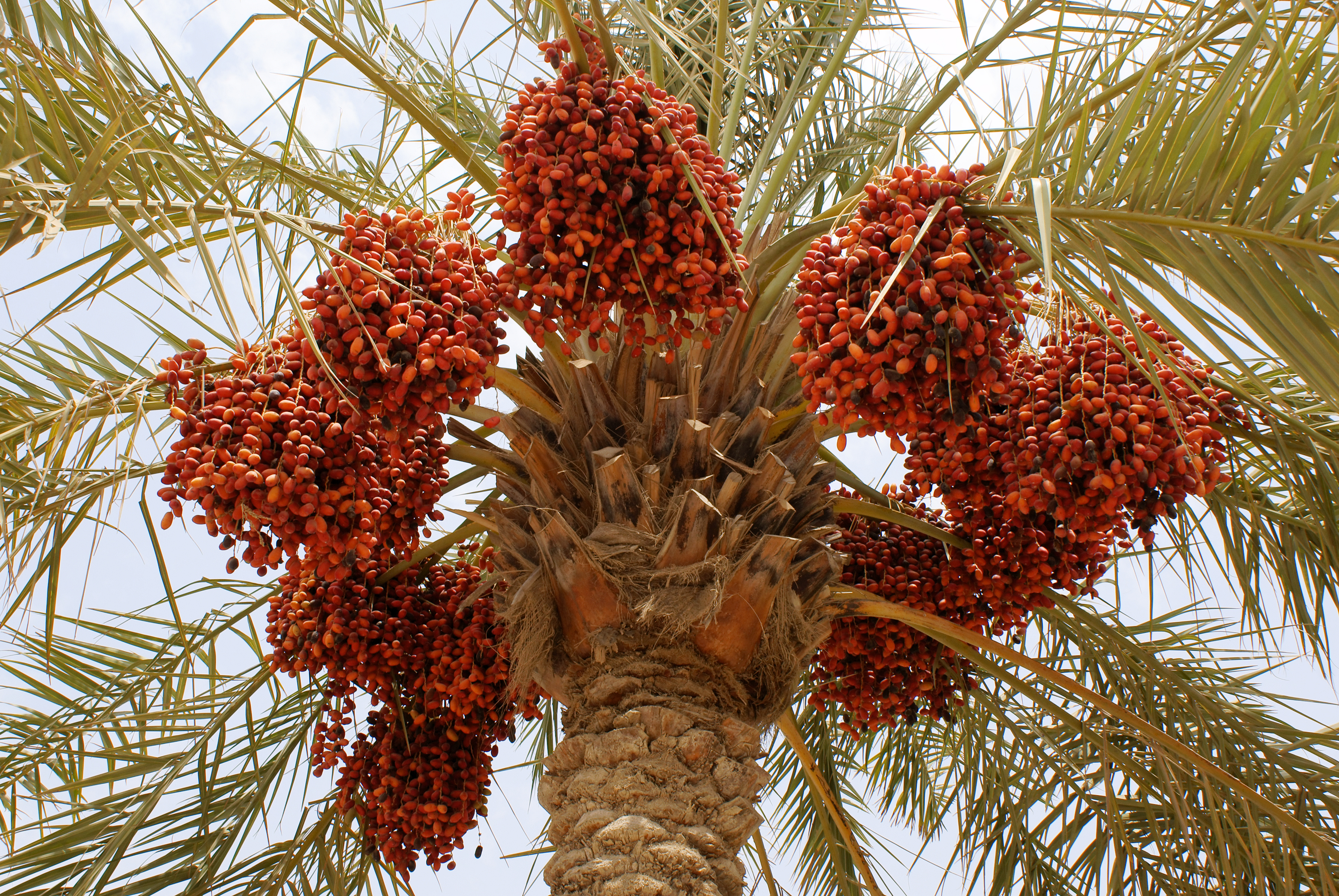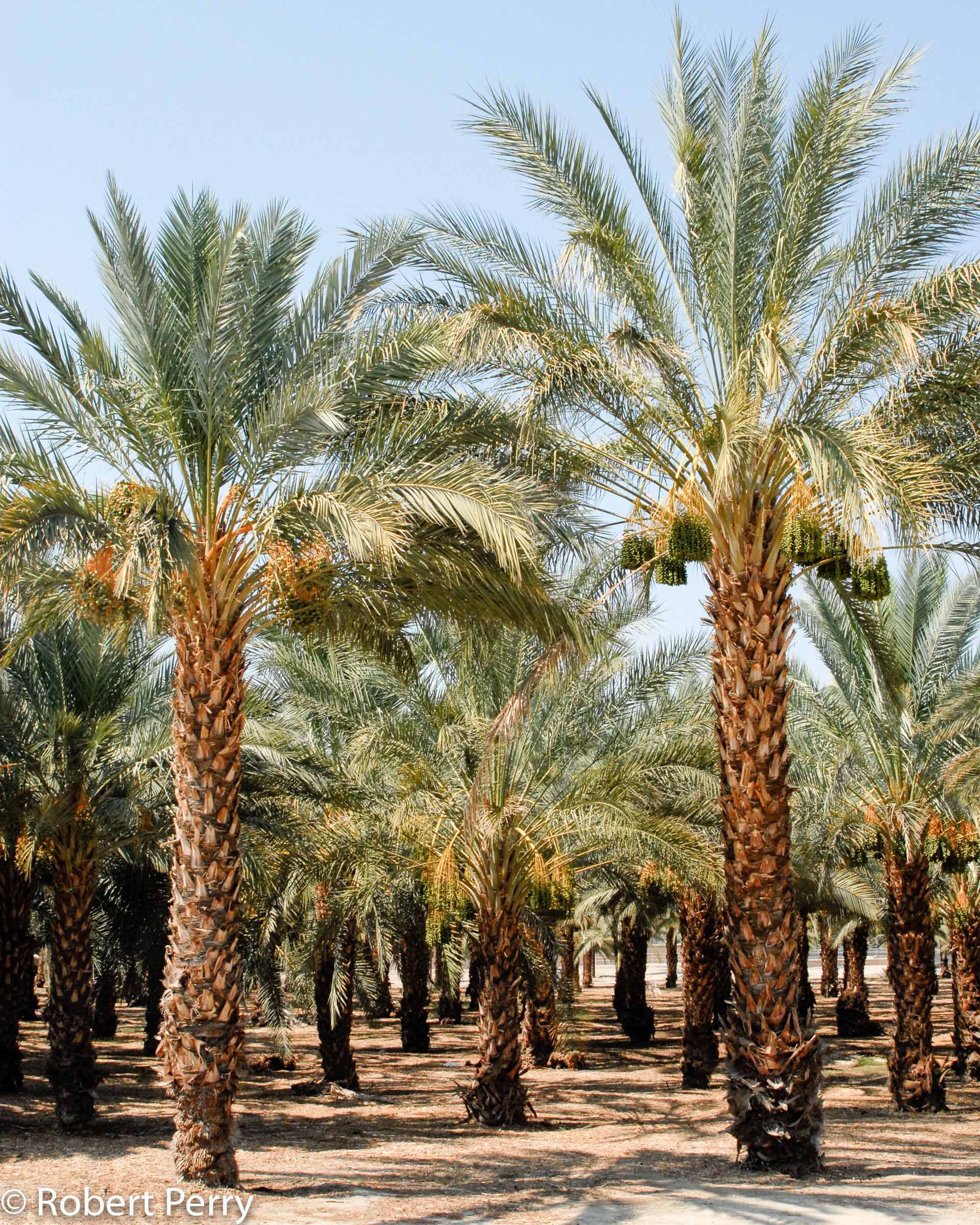The Regal Date Palm: A Comprehensive Exploration
The date palm (Phoenix dactylifera L.) stands as a testament to resilience, adaptation, and enduring cultural significance. For millennia, this majestic tree has provided sustenance and shade in arid regions, shaping civilizations and economies. This article delves into the intricate world of the date palm, exploring its botany, cultivation, nutritional value, economic importance, and cultural significance.
Botanical Characteristics and Adaptations

The date palm is a monocotyledonous flowering plant belonging to the Arecaceae (palm) family. It’s characterized by its single, unbranched trunk that can reach heights of 15-25 meters. The trunk is covered with persistent leaf bases, creating a distinctive rough texture.
Leaves (Fronds)
The date palm boasts large, pinnate leaves, commonly known as fronds, which can grow up to 5 meters long. Each frond comprises numerous linear leaflets arranged along a central rachis. These leaflets are rigid and possess a sharp, pointed tip. The fronds are arranged in a spiral pattern around the trunk, forming a dense crown.

Flowers and Inflorescence
Date palms are dioecious, meaning they have separate male and female trees. The flowers are small and inconspicuous, borne on branched inflorescences called spadices. Male spadices are shorter and thicker than female spadices, bearing numerous tiny flowers that release copious amounts of pollen. Female spadices are longer and more slender, bearing fewer flowers that develop into fruits.
Fruits (Dates)
The date fruit, a drupe, is the most prized product of the date palm. It varies in size, shape, color, and texture depending on the cultivar and stage of ripeness. The fruit consists of a fleshy pericarp surrounding a single seed. Dates are typically elongated or oval and range in color from bright red and yellow to dark brown and black.
Root System
The date palm possesses a fibrous root system that extends both horizontally and vertically. This extensive root network enables the tree to absorb water and nutrients from a large area, making it well-adapted to arid environments.
Adaptations to Arid Climates
The date palm has evolved several adaptations to survive in harsh, arid climates:
Deep Root System: Enables access to groundwater and moisture in deep soil layers.
Cultivation and Propagation
Date palm cultivation has been practiced for thousands of years, with techniques refined to maximize yield and quality.
Propagation
Date palms are primarily propagated through offshoots, also known as suckers. These offshoots develop at the base of the trunk and can be separated from the parent tree and planted. Seed propagation is less common due to the long juvenile period and the variability of seedlings. Tissue culture techniques are also used for mass propagation of superior cultivars.
Planting and Spacing
Date palms are typically planted in pits or trenches, with spacing determined by the cultivar and soil conditions. Adequate spacing is crucial for proper sunlight penetration and air circulation.
Irrigation and Fertilization
While date palms are drought-tolerant, irrigation is essential for optimal fruit production. The frequency and amount of irrigation depend on the climate, soil type, and stage of growth. Fertilization is also important to ensure adequate nutrient supply, particularly nitrogen, phosphorus, and potassium.
Pollination
Date palms require manual pollination to ensure fruit set. Male flowers are collected and their pollen is dusted onto the female flowers. This process is typically carried out by hand or using mechanical pollinators.
Harvesting
Dates are harvested at different stages of ripeness, depending on the desired product. Harvesting is typically done by hand, climbing the tree to cut the fruit bunches.
Pest and Disease Management
Date palms are susceptible to various pests and diseases, including:
Red Palm Weevil: A destructive insect that bores into the trunk.
Integrated pest management strategies are employed to minimize the impact of pests and diseases.
Nutritional Value and Health Benefits
Dates are a nutritional powerhouse, packed with essential vitamins, minerals, and antioxidants.
Macronutrients
Dates are a good source of carbohydrates, primarily sugars such as glucose, fructose, and sucrose. They also contain dietary fiber, which aids digestion.
Micronutrients
Dates are rich in essential minerals, including potassium, magnesium, iron, and copper. They also contain vitamins such as vitamin B6 and vitamin K.
Antioxidants
Dates are a rich source of antioxidants, including flavonoids, carotenoids, and phenolic acids. These antioxidants help protect the body against oxidative stress and reduce the risk of chronic diseases.
Health Benefits
Consuming dates has been associated with numerous health benefits, including:
Improved Digestive Health: Due to their high fiber content.
Economic Importance
The date palm plays a significant role in the economies of many arid and semi-arid regions.
Date Production and Trade
Dates are a major agricultural commodity, with significant production and trade occurring worldwide. The leading date-producing countries include Egypt, Saudi Arabia, Iran, and Algeria.
Date Products
Dates are consumed in various forms, including:
Fresh Dates: Eaten directly after harvest.
By-products
Other parts of the date palm are also utilized, including:
Fronds: Used for thatching, basketry, and rope making.
Tourism and Cultural Heritage
Date palm plantations and oases are often popular tourist destinations, attracting visitors with their scenic beauty and cultural significance. Date palms are also deeply embedded in the cultural heritage of many societies, featuring in folklore, literature, and religious texts.
Cultural Significance
The date palm holds deep cultural significance in many societies, particularly in the Middle East and North Africa.
Religious Significance
The date palm is mentioned in various religious texts, including the Quran and the Bible. It is considered a symbol of abundance and prosperity.
Symbolism
The date palm symbolizes various virtues, including resilience, strength, and longevity. It is often associated with hospitality and generosity.
Traditional Uses
Date palms have been used for various traditional purposes, including:
Food and Medicine: Dates have been used for their nutritional and medicinal properties.
Festivals and Celebrations
Dates are often featured in festivals and celebrations, particularly during Ramadan, the Islamic holy month.
Future of Date Palm Cultivation
The future of date palm cultivation appears promising, with ongoing research and development focusing on:
Improved Cultivars
Breeding programs are developing new cultivars with improved yield, quality, and disease resistance.
Sustainable Practices
Research is focusing on developing sustainable cultivation practices that minimize environmental impact.
Value-Added Products
Efforts are being made to develop new and innovative date products to increase market demand.
Climate Change Adaptation
Research is investigating strategies to adapt date palm cultivation to the challenges of climate change.
The date palm, with its rich history, nutritional value, and economic importance, continues to be a vital resource for arid and semi-arid regions. As research and technology advance, the date palm will likely play an even greater role in providing sustenance and economic opportunities for future generations.
